When you need to translate material, you can either use Google Translate websites or have professional translations done. At first glance, you may think that translation online is the best option. After all, it’s free and instantaneous.
However, there are multiple serious issues with Google Translate websites that are not a concern with professional translation documents. These problems can have a strong negative impact on your brand image that will depict your company as unreliable.

Accuracy
The main issue with Google Translate websites is their lack of accuracy. In other words, translation online does a lot of mistakes, contrary to professional translations.
Google Translate websites are statistical analysis engines. Simply put, they use a corpus of already translated documents to determine language patterns. This leads to mistakes, erroneous sentences and bad syntax and grammar.
Translation online is often too literal when it comes to translating grammar structures from one language to another, where professional translations are made by people that are experts of the target language and its grammar.
Such errors can give the translation online a whole different meaning. Take for example the present perfect in English. It is used to describe something that is still happening in the present. So, when you say, “I have lived here since 2008”, it means that you are still living there. Google Translate websites will translate this sentence literally, and in numerous languages, it would be understood that you now reside in another place. Professional translations will be able to understand the grammatical rules and meanings and find the equivalent in the target language.
Even when translating single words, Google Translate websites can make mistakes, especially with words that can have several meanings. Translation online will give the most common one, discarding others that might be more appropriate and that would be used in professional translation documents.
Loss of meaning
Google Translate websites don’t interpret the content correctly. They don’t always understand metaphors and idioms and in most cases, they translate them literally. For example, a few years ago, the Malaysian Defense Ministry used Google Translate websites to create an English version of its website. The funniest mistakes were widely spread on Twitter and Facebook, such as an idiom meaning “revealing clothes” that was translated literally as “clothes that poke the eye”. This would not have happened if the Malaysian Defense Ministry had chosen to have professional translations made.
Translation online has issues with using the correct tone and level of formality. While English address everyone with the pronoun “you”, many languages differentiate a formal and an informal form of address. Google Translate websites can’t analyze the context to determine if the sentence is supposed to be formal or not, unlike professional translation documents made by translators who have a deep understanding of both cultures.
The often too literal translations that Google Translate websites offer are also problematic in case of a joke or a pun, whereas professional translation documents maintain the message and tone of the text rather than the words. This means that professional translations are perfectly adapted to the target audience, which is all the more important when it comes to marketing.
No quality controls
Google Translate websites don’t proofread their translations, which means that the mistakes will not be corrected if you don’t have at least some knowledge of the target language to verify yourself the quality of the document.
It is also impossible to report any mistake that you spot to Google Translate websites. Therefore, they will never be corrected in their databases, and the translation online will make the same errors again and again, where professional translation documents are made by people who can learn from their mistakes.
Professional translations are proofread by the translator and sometimes even by an editor who will signal any mistakes they might find. If you want to modify something in your professional translations, you can ask the translator for advice to keep your document natural sounding to your audience.
All in all, professional translation documents are guaranteed to be free of mistakes, unlike translation online.
Available languages
Google Translate websites can translate 103 languages out of the 6, 909 that are used in the world. That represents only 1.5% of all existing languages. On the other hand, you can have professional translations done in any language.
Professional translation documents also take regional and cultural variations into account, unlike translation online. Take English for example. Google Translate websites will translate your document into the most universally used English, while professional translations will be adapted to your target market. Professional translation documents can be written in American English, British English, Australian English…
The less the language pairings you require are popular, the less accurate your translation online will be. As such, a translation from English to Spanish will be more accurate than one from English to Thai. This is not an issue with professional translations, as translators are experts of their working languages.
Google Translate websites represent a serious risk to your brand image, especially at a time when multilingual websites are a requirement for any successful company. The many mistakes, both grammatical and stylistic, are an open invitation to make you a laughingstock on social media. At a time when addressing your audience in their own language is considered the best way to shine on the international scene, professional translations are your best option.
Even if they are more expensive and take more time to be done, professional translation documents are your best bet in the long run and will give your brand a reliable and trustworthy image, where Google Translation websites will make your company seem like a scam.










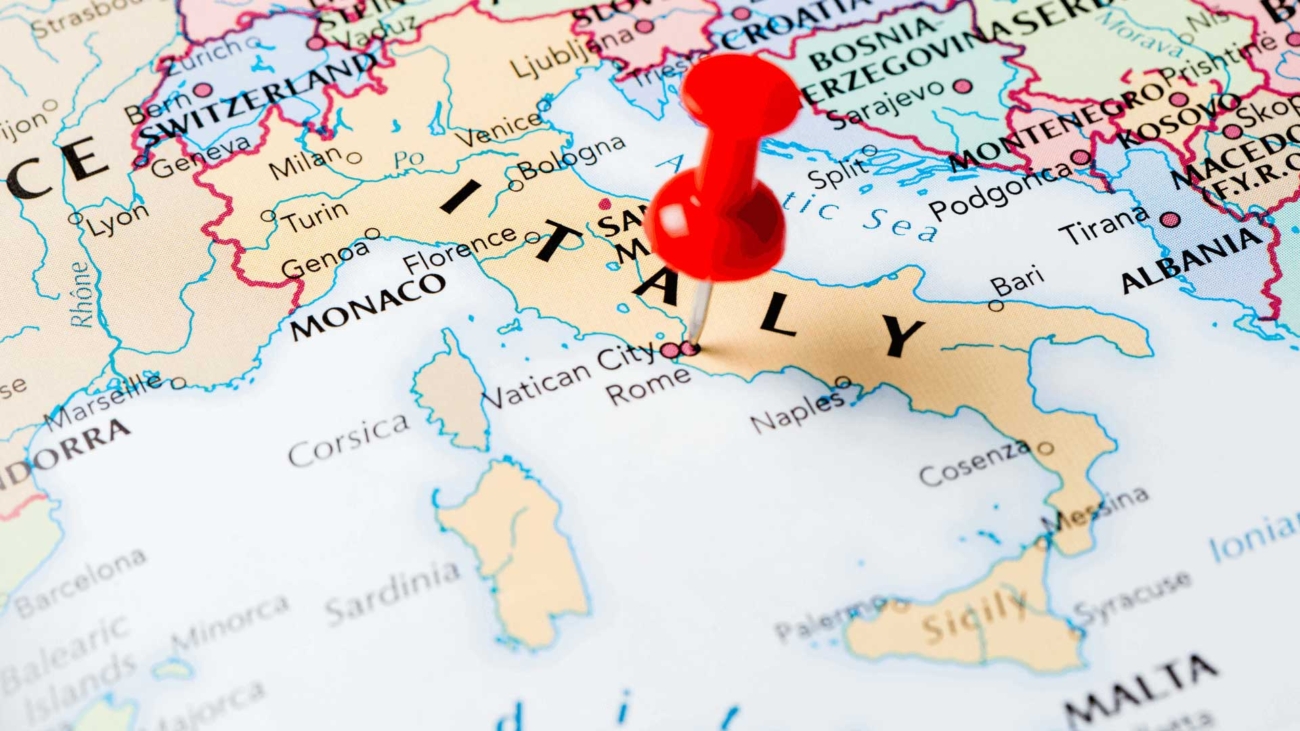



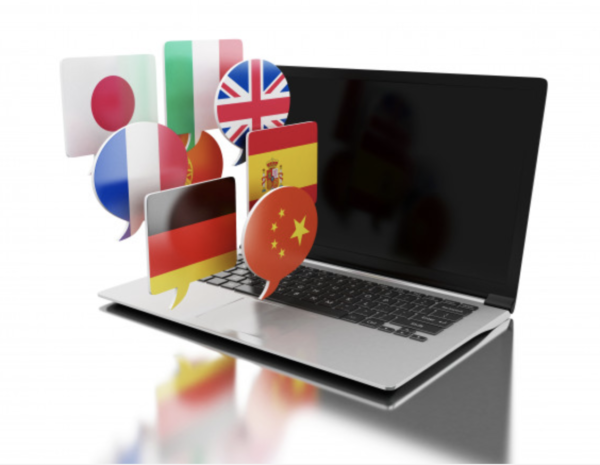






 Sì, il divano è bellissimo ma riesci davvero a concentrarti e a mantenere una postura corretta senza distruggerti schiena, spalle e cervicale?
Sì, il divano è bellissimo ma riesci davvero a concentrarti e a mantenere una postura corretta senza distruggerti schiena, spalle e cervicale?  Non è necessario avere l’ufficio del secolo con un tavolo 7×7 e 7 schermi. Bastano un angolino del tavolo o di una cassettiera o un tavolo pieghevole da giardino o da picnic o ancora una semplice asse di legno e una sedia.
Non è necessario avere l’ufficio del secolo con un tavolo 7×7 e 7 schermi. Bastano un angolino del tavolo o di una cassettiera o un tavolo pieghevole da giardino o da picnic o ancora una semplice asse di legno e una sedia. 
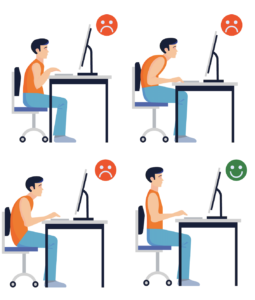








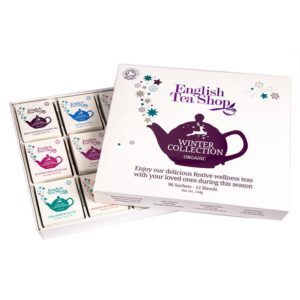











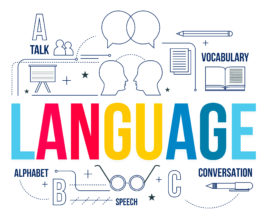 Qu’est ce que cela veut dire d’être traducteur et / ou interprète ?
Qu’est ce que cela veut dire d’être traducteur et / ou interprète ? 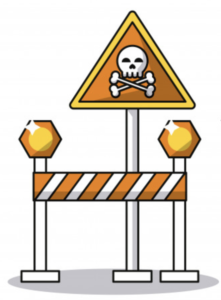 Vous êtes président ou responsable commercial d’une société ?
Vous êtes président ou responsable commercial d’une société ?  Donc
Donc